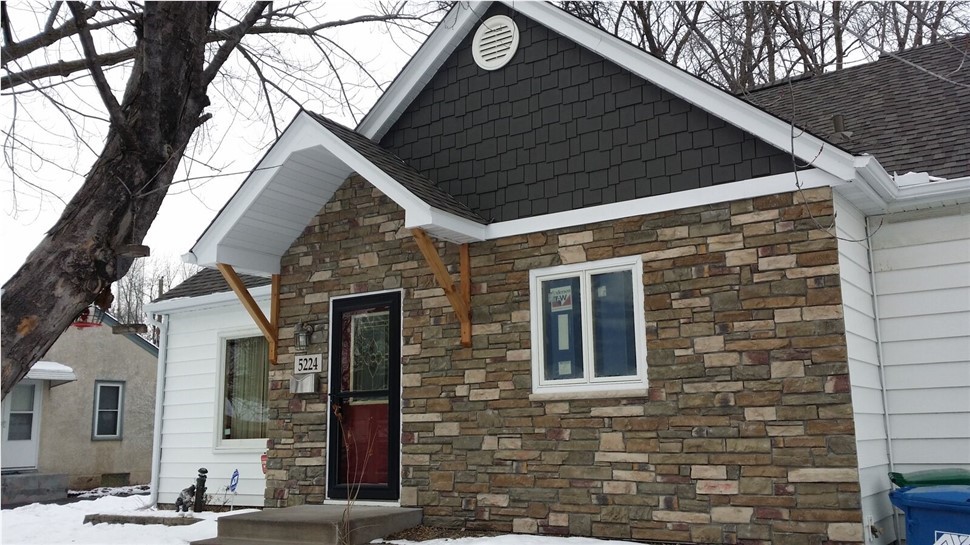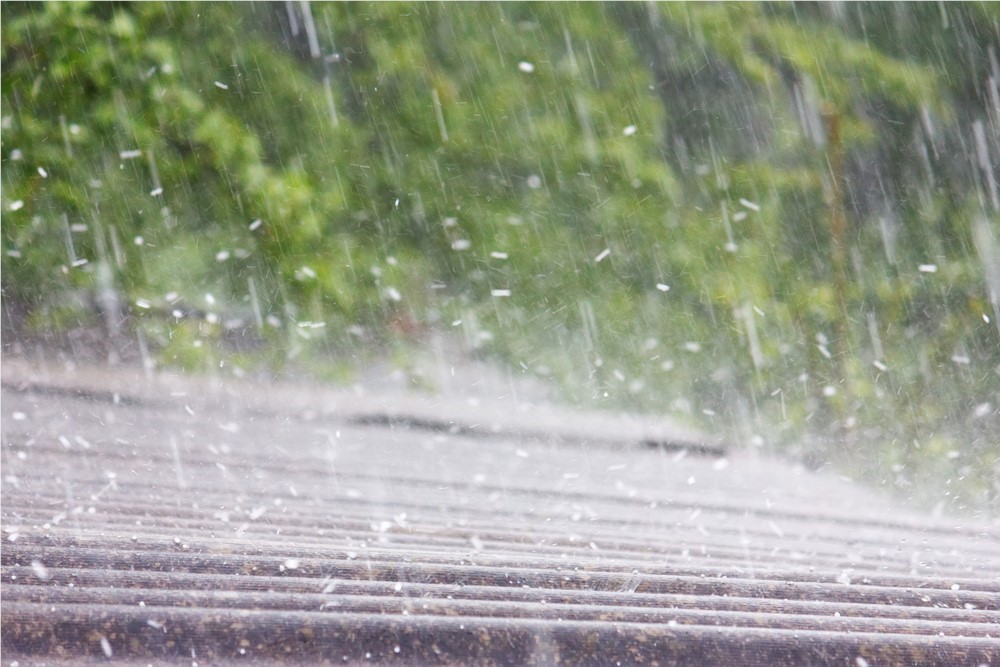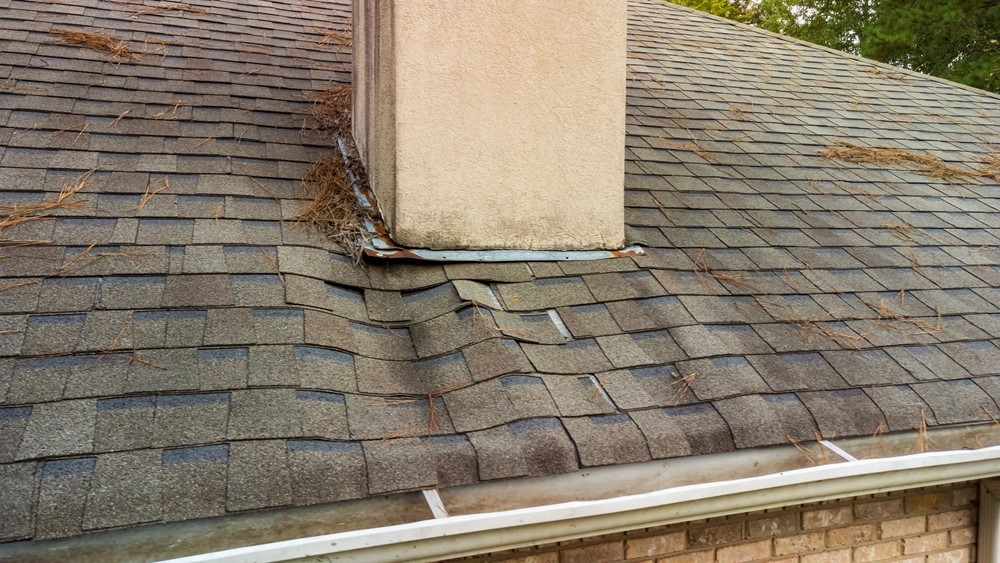 Here in the Minneapolis metro area, one of the most frequent weather issues we have to deal with in terms of protecting our homes is rain (as well as its other related precipitation forms). The #1 item homes need for handling rain is a good gutter system. Gutters and downspouts (often referred to as a rain-handling system) make up one of the most important protective items for a home, even though they don't get much attention. Chances are you rarely think about yours. But you should know the basics of a gutter and downspout setup in order to make sure you're taking the best care of your home possible. The Basics of Rain Gutters on Your Home
Here in the Minneapolis metro area, one of the most frequent weather issues we have to deal with in terms of protecting our homes is rain (as well as its other related precipitation forms). The #1 item homes need for handling rain is a good gutter system. Gutters and downspouts (often referred to as a rain-handling system) make up one of the most important protective items for a home, even though they don't get much attention. Chances are you rarely think about yours. But you should know the basics of a gutter and downspout setup in order to make sure you're taking the best care of your home possible. The Basics of Rain Gutters on Your Home Traditional rain gutters are usually shaped like a U, and they usually wind their way around the entire roof edge. Their job is to collect the water from rain as well as melting snow and ice. Water then flows to the downspout opening and eventually away from the home. You can find gutters in metal or vinyl. Our recommendation for homeowners in the Twin Cities is our seamless steel rain handling system. It's much more durable than vinyl, and the seamless construction means no seams to leak.
One thing that is important is placement of the extension at the base of your downspouts. Your extension pieces should protrude out away from your house, ideally directing water into an area that slopes away from it. The purpose is for removing the water away from the foundation of the home. From time to time we see short pieces (or even non-existent extensions) that allow the water to pool up around the foundation. This can eventually leak into your basement and cause structural issues.
Maintaining Your GuttersIt is important that you maintain the gutters on your home, and we suggest doing this at least twice a year. The best times are in the fall when the leaves have finished falling from the trees, and then again in the spring after the snow has all melted. Clean out debris that might be left in the gutters. and then check for any leaks. The best way to do this is to run water into the gutters with a garden hose. It's helpful to have someone else on the ground watching for water dripping from seams.
Other things to check are placement of your downspout extensions as well as bent gutter sections. When gutters are bent, water flow is reduced.If your gutters are not in the best shape to take care of your home, call us to install seamless gutters so you'll have a rain handling system that will do the best possible job. We suggest doing this now before winter, because a well-functioning gutter system is one of the things that can reduce the formation of ice dams.
Quarve Contracting, Inc. is a licensed Minnesota home remodeling company, and we offer a variety of energy-efficient exterior services such as seamless gutters. We serve the greater Twin Cities metro area.
Subscribe to Quarve Contracting's Blog







Comments